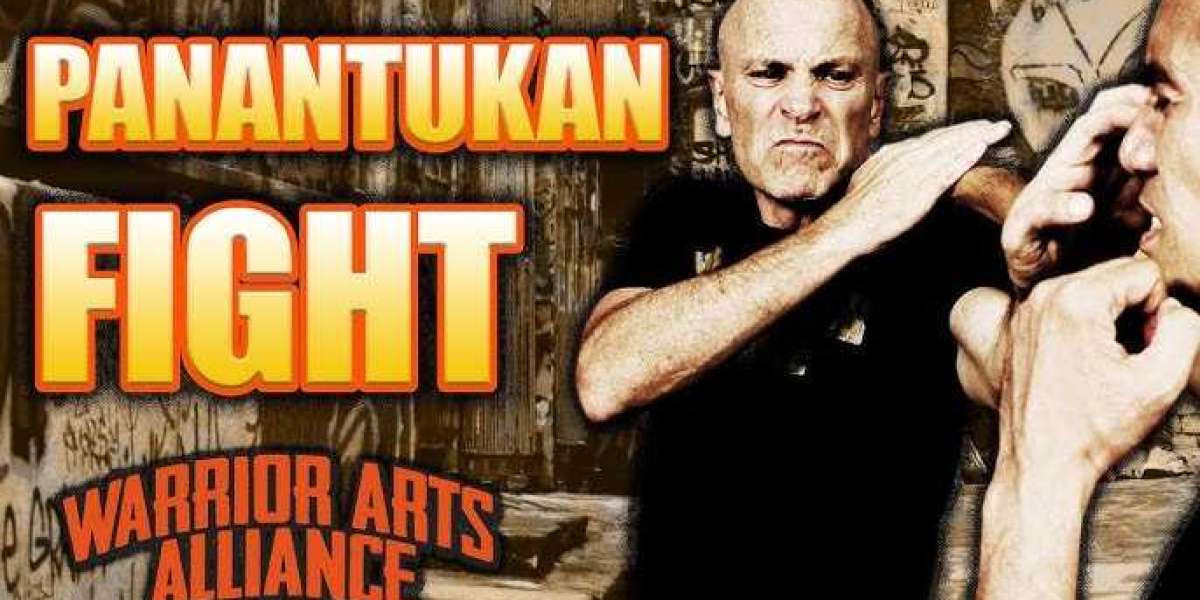Panantukan, often referred to as Filipino boxing, is a striking art that emphasizes fluidity, versatility, and practical application in self-defense. Originating from the Philippines, it is deeply rooted in the rich cultural heritage of Filipino martial arts (FMA). While it may not be as widely recognized as other martial arts, Panantukan holds significant importance for its emphasis on effective techniques and adaptability in various combat scenarios. This article delves into the history, techniques, training methods, and the cultural significance of Panantukan.
Historical Context
Panantukan has its origins in the Philippines, where various indigenous fighting styles evolved. It is part of a larger system known as "Eskrima" or "Arnis," which primarily focuses on weapons-based combat. However, Panantukan distinguishes itself by focusing on empty-hand techniques, incorporating elements of boxing and other striking arts.
The history of Panantukan can be traced back to the pre-colonial period, where Filipino warriors developed their combat skills for survival against invaders and in tribal conflicts. The techniques were passed down through generations, often taught in a family or community setting. The influence of Spanish colonization in the 16th century introduced formal boxing concepts, which began to blend with indigenous practices, resulting in the evolution of Panantukan.
Key Techniques
Panantukan is characterized by a range of techniques that include striking with the fists, elbows, knees, and even headbutts. The emphasis on versatility allows practitioners to adapt their techniques to various situations, whether in self-defense or competitive settings.
1. Striking Techniques
The primary focus of Panantukan is striking. Practitioners utilize:
- Jabs and Crosses: Fundamental punches that create openings for more significant strikes.
- Hooks and Uppercuts: Powerful punches designed to target the opponent's head or body, often used in close-range combat.
- Elbow Strikes: Devastating techniques that can be executed in tight spaces, allowing for effective self-defense.
- Knees and Kicks: Although primarily focused on hand strikes, Panantukan also incorporates knee strikes and low kicks to create a well-rounded offensive strategy.
2. Footwork and Angles
Footwork is crucial in Panantukan, as it allows practitioners to maintain balance while moving in and out of striking range. Angles of attack are emphasized, enabling fighters to evade strikes while positioning themselves for effective counters.
3. Defensive Techniques
Panantukan practitioners learn various defensive maneuvers, such as:
- Parries and Blocks: Techniques to deflect incoming strikes and protect vital areas.
- Head Movement: Similar to boxing, practitioners use head movement to evade punches while setting up their own attacks.
- Clinching: Close-range grappling techniques that enable practitioners to control their opponents and deliver strikes from a dominant position.
4. Flow and Combinations
One of the defining features of Panantukan is the concept of "flow," where practitioners seamlessly transition between different strikes and techniques. This fluidity allows for the creation of combinations that keep opponents guessing and unable to defend effectively.
Training Methods
Training in Panantukan typically involves a combination of solo drills, partner work, and sparring. Here are some common training methods:
1. Shadow Boxing
Practitioners engage in shadow boxing to develop their striking techniques, footwork, and defensive maneuvers. This solo practice allows fighters to visualize an opponent while focusing on form and fluidity.
2. Partner Drills
Working with a partner helps practitioners refine their techniques and timing. Drills may include controlled sparring, where participants focus on specific strikes or combinations without full contact, emphasizing accuracy and technique over power.
3. Sparring
Sparring is an essential component of Panantukan training, allowing practitioners to apply their skills in a realistic setting. Sparring sessions may vary in intensity, from light contact to full-contact bouts, depending on the training goals.
4. Physical Conditioning
Like any martial art, physical conditioning plays a vital role in training. Practitioners engage in strength training, cardiovascular exercises, and flexibility training to enhance their overall performance.
Cultural Significance
Panantukan, like other Filipino martial arts, reflects the rich cultural tapestry of the Philippines. It is a testament to the resilience and adaptability of the Filipino people throughout history. The art serves not only as a means of self-defense but also as a way to connect with one’s heritage and identity.
1. Community and Tradition
Panantukan is often practiced in community settings, fostering a sense of camaraderie among practitioners. Schools and dojos serve as gathering places where students learn not just techniques but also the values of respect, discipline, and humility.
2. Competitions and Showcases
In recent years, Panantukan has gained recognition in various martial arts competitions. Events showcasing Filipino martial arts have become platforms for practitioners to demonstrate their skills and promote the art to a broader audience. This visibility has helped preserve the techniques and traditions associated with Panantukan.
3. Global Influence
As interest in martial arts continues to grow globally, Panantukan has found its way into mixed martial arts (MMA) training programs. Many fighters incorporate Panantukan techniques into their striking arsenal, recognizing the effectiveness of its principles in real combat scenarios.
Conclusion
Panantukan is more than just a form of combat; it embodies the spirit of Filipino culture and history. With its emphasis on adaptability, fluidity, and practical application, Panantukan stands as a testament to the ingenuity and resilience of the Filipino people. Whether practiced for self-defense, fitness, or personal development, Panantukan offers valuable lessons that extend beyond the martial arts arena.
As interest in this unique fighting style continues to grow, it is essential to appreciate and respect its roots and the cultural heritage it represents. For those looking to explore the world of martial arts, Panantukan provides a compelling avenue that combines tradition with modern relevance, making it a worthy pursuit for anyone interested in self-improvement and effective self-defense.














